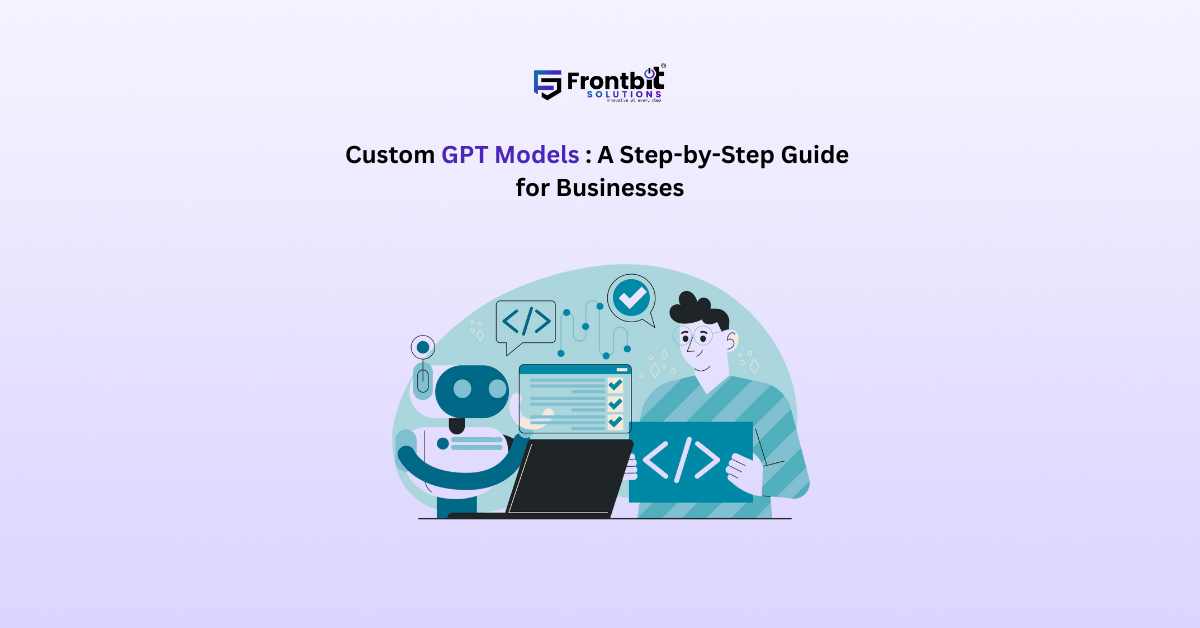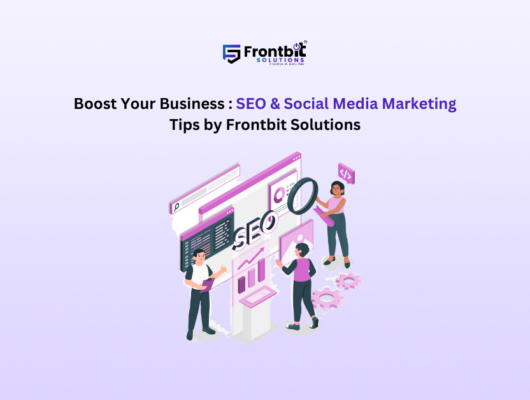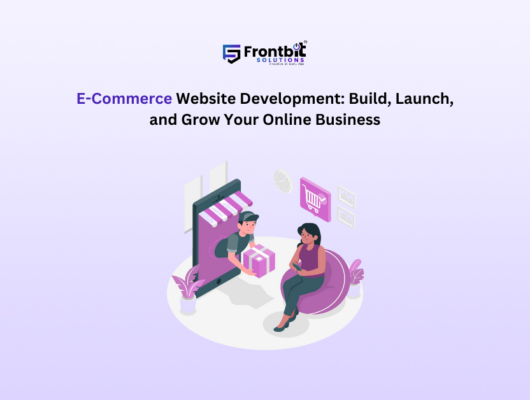Overview
Generative Pre-trained Transformer (GPT) is an advanced AI model that understands and generates human-like text. Businesses can customize GPT to improve customer interactions, automate tasks, and create personalized content.
This blog will cover:
- What a custom GPT model is
- Why businesses need it
- Steps to build one
- Challenges and solutions
1. Understanding Custom GPT Models
What is a Custom GPT?
A custom GPT is a modified version of OpenAI’s GPT. It is trained on specific data to improve accuracy for particular business needs.
How is it Different from OpenAI’s GPT?
OpenAI’s GPT is designed for general use. A custom GPT is fine-tuned for specific industries like healthcare, finance, or e-commerce.
Why Do Businesses Need a Custom GPT?
- Chatbots for better customer service
- Automated content creation for blogs and marketing
- Process automation for increased efficiency
2. Requirements for Building a Custom GPT
To develop a custom GPT, you need:
Skills & Knowledge
- Basic understanding of AI and NLP
- Experience with Python and other programming languages
- Knowledge of datasets, APIs, and model fine-tuning
Essential Tools
- OpenAI’s API, TensorFlow, or PyTorch
- High-quality datasets from Kaggle, Hugging Face, or web scraping
- Cloud platforms like AWS, GCP, or Azure
3. Steps to Build a Custom GPT Model
Step 1: Choose the Right GPT Model
Select from GPT-3.5, GPT-4, or open-source models like LLAMA and Mistral. Decide whether to fine-tune an existing model or train from scratch.
Step 2: Collect & Prepare Data
A high-quality dataset is key to better performance. Sources include:
- Web scraping
- Public datasets (Kaggle, Hugging Face)
- Custom business data
Before training, clean and structure the dataset properly.
Step 3: Train the GPT Model
- Use OpenAI’s fine-tuning API
- Adjust hyperparameters to optimize performance
- Train the model with industry-specific data
Step 4: Deploy the Model
- Use cloud services (AWS, GCP, Azure) for scalability
- Deploy on-premise for privacy-sensitive applications
- Integrate the model with chatbots, websites, or software
Step 5: Test & Improve
- Verify accuracy using real-world data
- Use feedback loops to improve responses
- Address bias and ethical concerns
4. Use Cases of Custom GPT Models
- E-commerce: Personalized product recommendations
- Healthcare: AI-powered diagnosis support
- Finance: Automated report generation
- Customer Service: AI chatbots for instant responses
5. Challenges & Best Practices
- Data Privacy: Protect sensitive business information
- AI Hallucinations: Reduce incorrect responses
- Model Updates: Keep AI models up-to-date
- Ethical AI: Ensure fair and responsible AI usage
Conclusion
Custom GPT models can transform business operations by improving efficiency and automation. As AI technology advances, businesses can benefit from tailored AI solutions to stay ahead in their industries.







